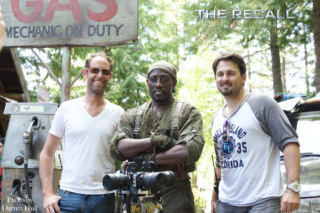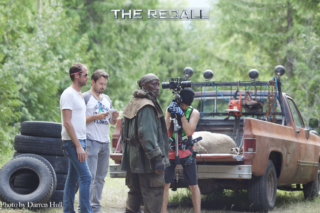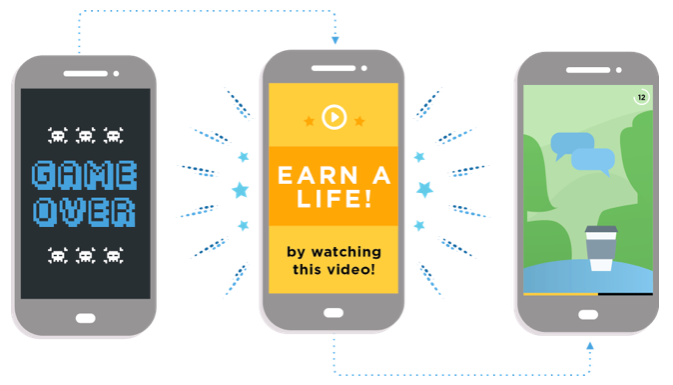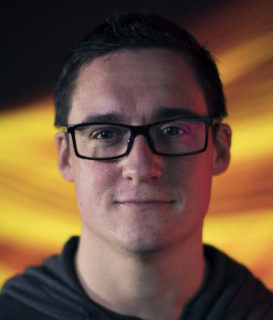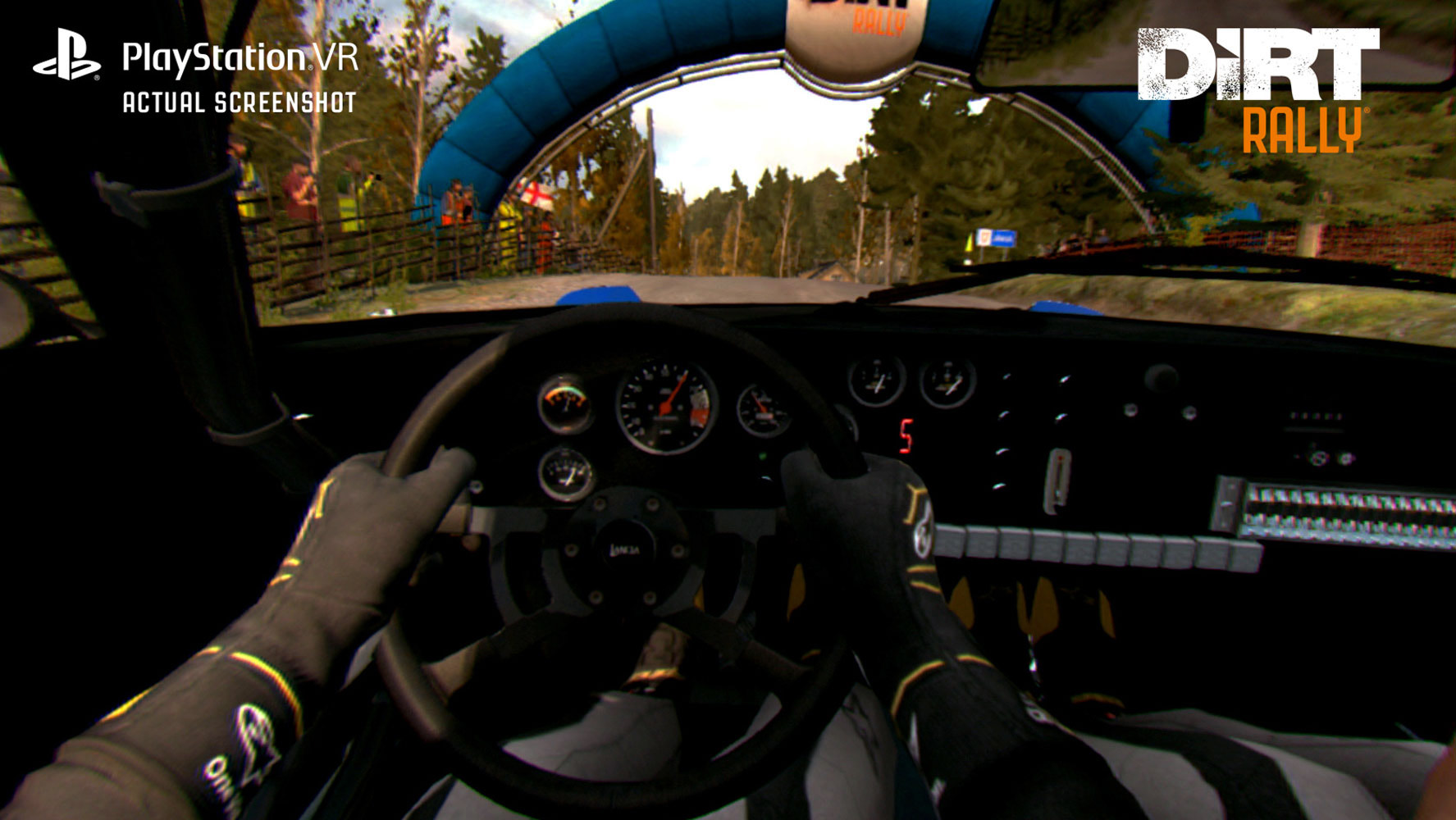Activision was making third-party games before they were cool . . . or existed, for that matter. Founded in 1979, Activision was the world’s first independent developer and distributor for console games, beginning with the Atari 2600. Three decades of game development has a way of teaching a thing or two, particularly about new technology and how it applies to beloved franchises.
From classics like Pitfall! in 1982 to mammoth franchises like World of Warcraft, Candy Crush Saga and Call of Duty: Infinite Warfare, Activision—now Activision Blizzard—is behind many of the world’s most popular titles to date. Boasting an impressive $6.61 billion in 2016 (42 percent growth over 2015), the company is not only ruling the video game industry, but driving it.
A New Kind Of Athlete
“Professional gaming competitions are creating celebrities who are recognized and revered as athletes were in prior generations,” Activision Blizzard CEO, Bobby Kotick told Forbes. “Spectator gaming is becoming as popular as mainstream sports.”
Activision Blizzard acquired Major League Gaming (MLG) in late 2015, and has been making waves in the eSports scene ever since. The publisher’s Counter-Strike: Global Offensive Major Championship (CS:GO Major) generated new viewership records during its March 30 to April 3, 2016 broadcast, with audiences generating 71 million video views and watching an incredible, record-breaking 45 million hours of live broadcast. CS:GO Major—the first held in North America—also set a new record of 1.6 million concurrent viewers across over-the-top (OTT), web, mobile and in-game streaming formats.
The CS:GO Major event was streamed live with enhanced features like real-time situational data. “Our product strategy is related not only to the live fan experience, but also the over-the-top streaming platform,” Mike Sepso, senior vice president at Activision Blizzard and former president and co-founder of MLG told [a]listdaily.
During Blizzcon 2016, Activision Blizzard surprised the world by announcing its Overwatch League, inspiring players of all skill levels to dream big. As Activision Blizzard’s second-most-popular streaming title, Overwatch attracts over 8 million monthly active players and an average concurrent viewer count of over 21,000, according to SuperData Research.
The publisher is not only helping to drive the success of today’s highly-lucrative eSports industry, it’s changing the way publishers think about trends in the Chinese market. Overwatch sales exceeded all expectations in the region, proving that players are willing to pay for competitive games upfront—something once believed this lucrative demographic wouldn’t do. “China’s games market may be dominated by free-to-play MMO and mobile titles, but Overwatch’s success indicates the potential for premium games in the country is growing,” said SuperData Research CEO, Joost van Druenen in a report for August video game sales.
Streaming video games has become a major driver for publishers, creating a type of ecosystem in which games are made, then played by popular streamers and enjoyed by thousands of fans, which in turn drives sales. Activision Blizzard’s partnership with Facebook now allows players to stream Blizzard titles directly to the social network, further adding to this growing trend of “spectator gaming.”
Mobile Mastery
What makes someone a “gamer?” Whether a player is hardcore or casual, Activision Blizzard has undoubtedly cornered the market. At $41 billion, mobile games were by far the most lucrative form of interactive entertainment in 2016, surpassing retail games and free-to-play online games by $26 billion and $19 billion, respectively. In addition to its unstoppable Call of Duty franchise, the acquisition of King Games means that this publisher has access to some of the most lucrative casual franchises in the world, including Candy Crush Saga.
Activision Blizzard saw not just an opportunity in terms of revenue, but within the modern state of our industry. The publisher recognizes gamers of all preferences from matching puzzles on the train to taking on international opponents in a packed, eSports arena.

The Ability To Evolve
The company has evolved over the last few decades in technology and creating a thriving network of creativity. Activision Blizzard was recently named among Fortune’s 100 Best Companies to Work For and currently employs over 9,000 people.
While it’s only natural (and necessary) to adopt new game development technologies, Activision Blizzard is leading the way in terms of other tools, as well. For Call of Duty: Infinite Warfare, the company released two interactive chat bots on Facebook that garnered over six million interactions almost immediately.
The interactive media giant isn’t limiting itself to video games, either. Through Activision Blizzard Studios, the company is expanding its reach to TV with Skylanders Academy on Netflix, and a Call of Duty film in the works. “Activision Blizzard Studios is yet another way we’re celebrating our players and fans, and we expect that our film and television productions will entertain and delight whole new audiences, as well,” said Activision Blizzard co-president, Nick Van Dyk during the Blizzcon announcement. Although the Warcraft movie was made before Activision Blizzard Studios was announced, the film likely helped bring the game back into people’s lives in time for the launch of the Legion expansion launch last summer.
“Our priority is audience focus—the recognition and appreciation that our audiences invest so much in our franchises and our responsibility to them to continually innovate within those,” said Kotick. “We feel a tremendous responsibility to our audiences to keep our franchises exciting.”
